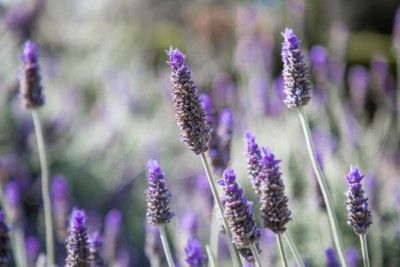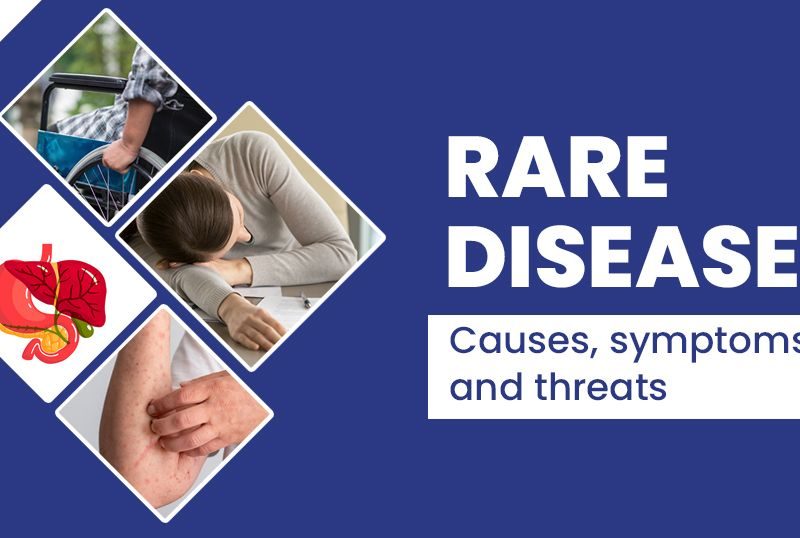Edible flowers – tasty and healthy
Edible flowers not only decorate the home garden, but can also give desserts, soups and other dishes a particularly healthy note.
In today’s guide, we tell you how to take advantage of the healthy effects of edible flowers and what you should keep in mind when processing the healing plants.
Edible flowers – A whole wealth of different aromas
The selection of edible flowers is large, so you can always set new taste accents. Among the plants with particularly tasty flowers are, for example:
- Begonias,
- Borage,
- Chrysanthemums,
- Dahlias,
- Daisies,
- Gladiolus,
- Geraniums,
- Elderberry,
- Jasmine,
- Nasturtium,
- Lavender,
- Dandelion,
- Marigolds,
- Roses,
- Wild mallow,
- Violets.
Edible flowers owe their healing effect primarily to the high content of vitamins, minerals, secondary plant substances and essential oils. Since they cover an enormous range of different flavors, they are ideal for refining hearty soups, salads, cottage cheese dishes and desserts.
If you want to benefit from the best possible taste experience, you should use the blossoms as fresh as possible directly after picking them. You can read more about the exact effects and flavors of the healthy flowers in the following section.
Daisies and nasturtium – for that special spice
The daisy is one of the best known flowers and grows mainly in the spring months. Daisies are rich in vitamin C, strengthen the immune system and increase metabolism.
In addition, the consumption of daisies improves the appearance of the skin. Daisies are characterized by a slightly pungent note and are therefore ideal for seasoning salads of all kinds as well as curd dishes.
The bright orange blossoming nasturtium provides the body with a particularly high amount of magnesium and proves to be an ideal ingredient for soups and salads due to its fine pungency.
Since the nasturtium can also be eaten together with the stem and leaves, it proves to be a true all-rounder in the home kitchen.
Rose and elder flowers – Rich in essential oils
The essential oils of the rose are characterized by a particularly healing effect and therefore serve as a basis for numerous cosmetic products. Since rose blossoms also have a pleasant sweetness, they are ideal for flavoring desserts, tea and coffee.
Already in ancient times, people took advantage of the health-promoting effect of elderflowers, which grow in this country mainly in the months from the end of May to June.
The flowers have a high content of glycosides and vitamins A and C and can therefore be used as a natural remedy against colds and other infections.
Lavender and borage – calming and balancing
Lavender blossoms not only convince with their unique scent, but can also be perfectly integrated into various dishes. Since lavender and rosemary have a similar taste, dried lavender flowers can be used as a perfect addition to spice mixtures. The fresh blossoms of lavender are the perfect ingredient for crisp salads and have a particularly calming effect.
The deep blue borage flowers not only impress with their graceful appearance, but taste a little reminiscent of the aroma of fresh cucumbers. Therefore, especially salads of any kind get a special freshness from the star-shaped flowers. Borage flowers have a particularly detoxifying and calming effect and help to improve sleep.
Dandelion and wild mallow – Healing and detoxifying
Dandelion has been used in medicine for a long time and in the form of a tea serves to purify and detoxify the body. If you want to use fresh dandelion flowers for your soups and salads, you should prefer young plants with a less bitter taste.
The violet blossoms of the wild mallow prove to be especially healing for the body and convince with their spicy nuance. Both the flowers and the leaves of the mallow have so-called mucilage, which provides soothing relief from irritation of the respiratory tract and diarrhea.
Here’s what you should consider when choosing edible flowers!
Even if the offer of edible flowers is very large, you should be very careful in the choice of flowers. We recommend that you devote yourself to extensive plant knowledge in advance, as well as consult a plant identification book when picking in case of doubt.
If you do not want to compromise on the quality of the flowers, they should be grown on the balcony or in the garden at home.
In order to avoid possible pollution, flowers should never be picked near the road or in an industrial area.
Flowers offered in supermarkets as well as flower shops have also often been treated with pesticides that are toxic to humans.
Great birthday wishes for wife and husband can be given away wonderfully with a bouquet of colorful flowers.
If the flowers are then still edible, the gift becomes a real highlight. If you would like to send a bouquet of edible flowers, this should of course be done through an appropriate supplier.
If you do not want to grow the blossoms yourself, you can find them at the organic gardener you trust as well as at special providers of edible blossoms.
Before consumption, the flowers should also be carefully washed and the stems and leaves removed.
Conclusion: The right flower for every taste
Nature reveals a whole range of tasty flowers, bursting with valuable ingredients. We therefore recommend you to try different edible flowers to perfect different dishes in an individual way.
Nevertheless, you should not compromise on the quality of the flowers and ideally grow their healthy ingredients yourself on the balcony.


